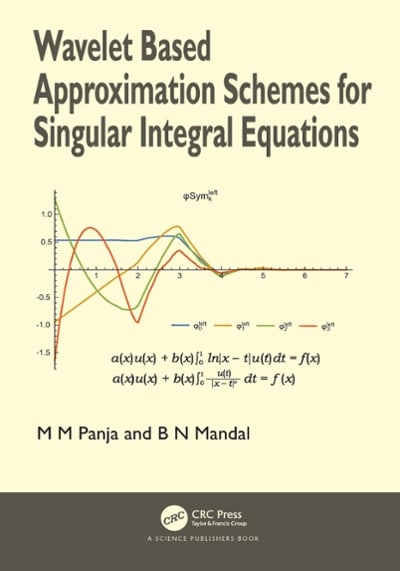Question
Mindfulness has been a popular meditation method used to treat several mental health issues. One of particular interest is anxiety. You are interested in testing
Mindfulness has been a popular meditation method used to treat several mental health issues. One of particular interest is anxiety. You are interested in testing the effectiveness of mindfulness meditation on anxiety. You recruit 20 people into your study and randomly assign them into two conditions. You ask the first group (control) of 10 subjects to rate their level of anxiety (1 = low anxiety - 10 = High Anxiety) after thinking through a stressful situation. You also ask the second group of 10 to think about a stressful situation then perform a guided mindfulness exercise then rate their anxiety levels. The following is the data you gathered:
Control group
| 5 | 7 | 8 | 5 | 4 | 7 | 5 | 6 | 4 | 8 |
Mindfulness treatment group
| 1 | 2 | 4 | 3 | 5 | 6 | 4 | 3 | 2 | 4 |
You predict that the mindfulness group will have lower anxiety levels than the control group.
- State the null hypothesis and alternative hypothesis for the example study above. Include both the mathematical notations and the interpretations in plain English.
- Calculate the mean and sum of squared deviations for each group.
- Calculate the degrees of freedom and the pooled variance.
- Calculate the standard error and t-statistic.
- Use a t-distribution table or t-critical value calculator to find the t-critical value then calculate the 95% confidence interval.
- Using the information generated above, report your findings. Make sure to explain the results within the context of the example study.
Step by Step Solution
There are 3 Steps involved in it
Step: 1

Get Instant Access to Expert-Tailored Solutions
See step-by-step solutions with expert insights and AI powered tools for academic success
Step: 2

Step: 3

Ace Your Homework with AI
Get the answers you need in no time with our AI-driven, step-by-step assistance
Get Started


